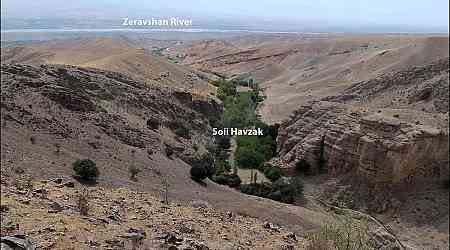NASA's Curiosity rover, currently exploring Gale Crater on Mars, has revealed critical insights into the planet's ancient climate. The research uncovers how Mars transformed from a potentially habitable environment, abundant in liquid water, to the cold, arid landscape we see today. An artist's concept illustrates early Mars, where liquid water may have existed in river and lake formations. Geological evidence suggests that ancient Mars had a denser atmosphere capable of supporting significant bodies of water. However, as the planet cooled and lost its global magnetic field, solar winds eroded much of its atmosphere, leading to the inhospitable conditions present now.
Findings from the Curiosity Rover
Curiosity has measured the isotopic composition of carbon-rich minerals (carbonates) found in Gale Crater. David Burtt from NASA's Goddard Space Flight Center stated, “The isotope values of these carbonates point toward extreme amounts of evaporation, suggesting they likely formed in a climate that could only support transient liquid water.” This indicates that while the surface environment was not suitable for life, underground habitats may still exist.
The Role of Isotopes in Understanding Mars
Isotopes, which are variants of elements differing in mass, play a vital role in understanding Mars' climatic history. During evaporation, lighter carbon and oxygen isotopes escape into the atmosphere, leaving behind heavier ones in carbonate rocks, which serve as climate records.
Conclusion: Implications for Habitability
The study proposes two mechanisms for carbonate formation: through cycles of wet and dry conditions or in extremely salty water under icy conditions. Co-author Jennifer Stern noted that these scenarios indicate varying levels of habitability on ancient Mars. These findings, supported by isotopic evidence from Curiosity's instruments, contribute to our understanding of Mars' climate evolution and its potential to have supported life in the past.
































